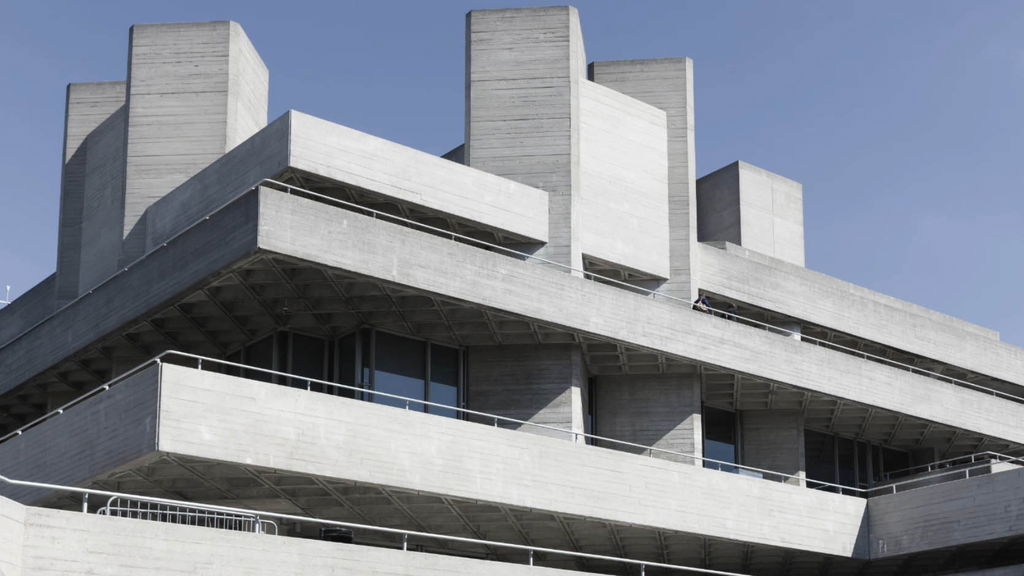Home
Talks
Ely Cathedral's Lady Chapel: Devotion and Destruction
Ely Cathedral's Lady Chapel: Devotion and Destruction
Ely Cathedral's Lady Chapel was one of the most splendid artistic and architectural achievements of medieval England. The Catholic chapel's lavishly painted sculpture and stained glass, devoted to the Virgin Mary, moved pilgrims to a religious frenzy. But when Protestants began to call for a 'purer' vision of the Christian faith in the 16^th^ and 17^th^ centuries, this same quality triggered repulsion. During the hundred years of the English Reformation, the chapel was scraped, scrubbed and smashed of its extravagance.
Art Historian Paul Binski believes it is possible to recover the Lady Chapel's former opulence in the imagination. His talk gives an insight into the psychology behind Ely's splendour, and the idea that art can be so powerful as to provoke violence -- something we still see in headlines today.
This film is part of Brian Clarke's curated series, 'Cruising Culture'. He described the film as follows:
"The Lady Chapel at Ely is a remarkable moment in an extraordinary cathedral, and this film is a great introduction to it. I think the shocking act of violence, the truncation of all its sculpture and the vandalism of its canopied figures and detailing, gives it more power now than had it been left intact. Its sinister uniqueness is because of that vandalism. Paul Binski is a substantial scholar on the Gothic period, and he manages to give you a great sense of the times and why, at that period, Decorated Gothic architecture in England was as great as anything that was happening in the world. He understands the relationship between art and architecture and conveys that linguistic counterpoint without once becoming too difficult to comprehend for a layman. His passion is communicated without hyperbole or dumbing down. And it's as much about Thomas Cromwell as it is about the Gothic: as much about the violence and philistinism of one period as it is about the transcendent spiritual aspiration of another."
Time Period:
11th century
Themes:
Paul Binski is Professor of the History of Medieval Art at Cambridge University. He has written and lectured extensively on the art and architecture of Western Europe in the Gothic period. After achieving his PhD in History of Art from Gonville and Caius College, Cambridge in 1984, he stayed on as a Research fellow until 1987. He has since taught at Princeton, Yale, Manchester, but returned to a post at Cambridge in 1995.
His publications include Gothic Wonder: Art, Artifice and the Decorated Style 1290-1350 (2014), which won 2016 the Historians of British Art Book Award for Exemplary Scholarship on the Period before 1800; and Westminster Abbey and the Plantagenets (1995) which won the Longman-History Today Award.
He is a Fellow of the British Academy, the Society of Antiquaries, and of Caius College, Cambridge. He gave the Paul Mellon Lectures, 2002-2003, at the National Gallery, London and Yale University. He was Associate Editor of the periodical Art History, 1992-1997, and is presently serving as a Foreign Advisor for the International Center of Medieval Art, The Cloisters, New York. An enthusiastic musician, organist and harpsichordist, in his spare he chairs a charity devoted to propagating performance knowledge of organ music, the Cambridge Academy of Organ Studies.
Watch more
Watch more

6:49
Art & Soul at St Paul's Cathedral
Sandy Nairne explores how the art in St Paul's Cathedral captures changing ideas of spirituality.

14:06
The Great East Window: Brian Clarke
A history and personal reflection of the stained glass Great East Window of York Minster.

4:23
What is: Abstract Expressionism?
What does an Abstract Expressionist painting look like? Eleanor Nairne unpacks some of the aspects of this divergent movement.

6:49
Art & Soul at St Paul's Cathedral
Sandy Nairne explores how the art in St Paul's Cathedral captures changing ideas of spirituality.

14:06
The Great East Window: Brian Clarke
A history and personal reflection of the stained glass Great East Window of York Minster.

4:23
What is: Abstract Expressionism?
What does an Abstract Expressionist painting look like? Eleanor Nairne unpacks some of the aspects of this divergent movement.

8:44
Ashley Bickerton: ‘Looking for Something Beyond’
Join Ashley Bickerton on the Hawaii beach where he first caught a wave to hear how a nomadic lifestyle has influenced his practice.

3:56
What is: Brutalism?
‘To think about Brutalism, is to think about concrete…’ Prof. Richard J. Williams.

13:02
Brian Clarke: The Art of Light
A portrait of pioneering architectural artist Brian Clarke.